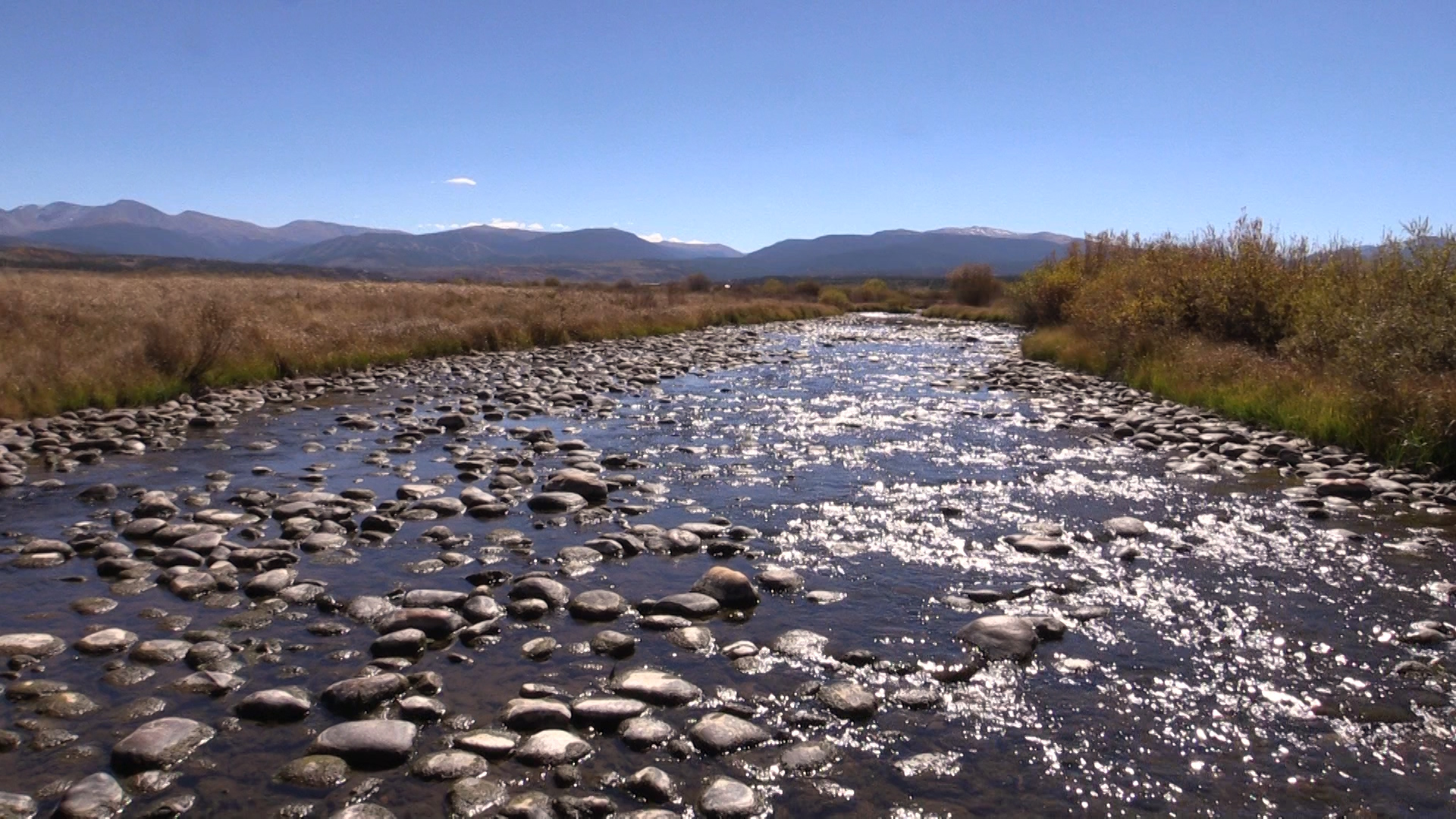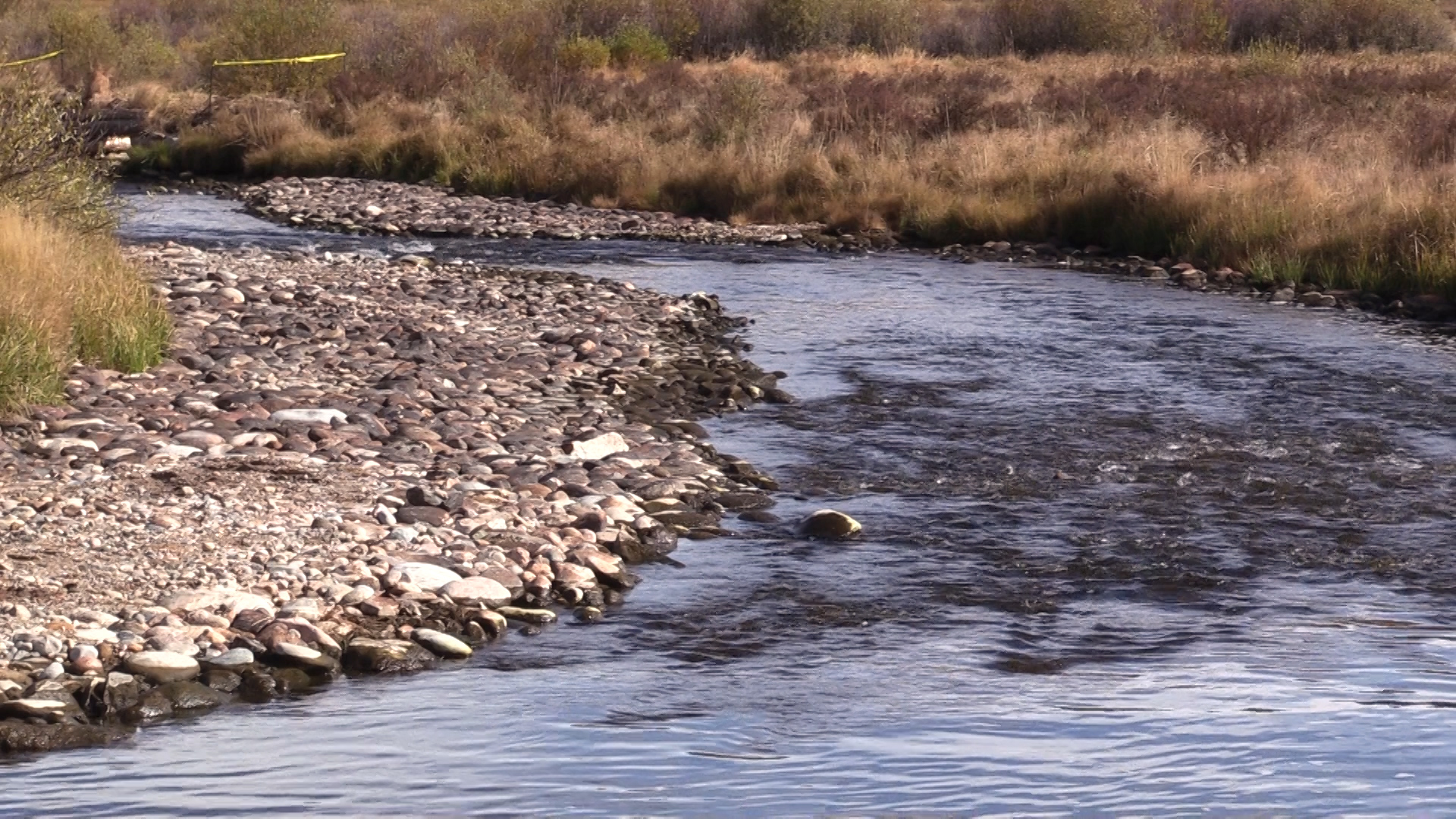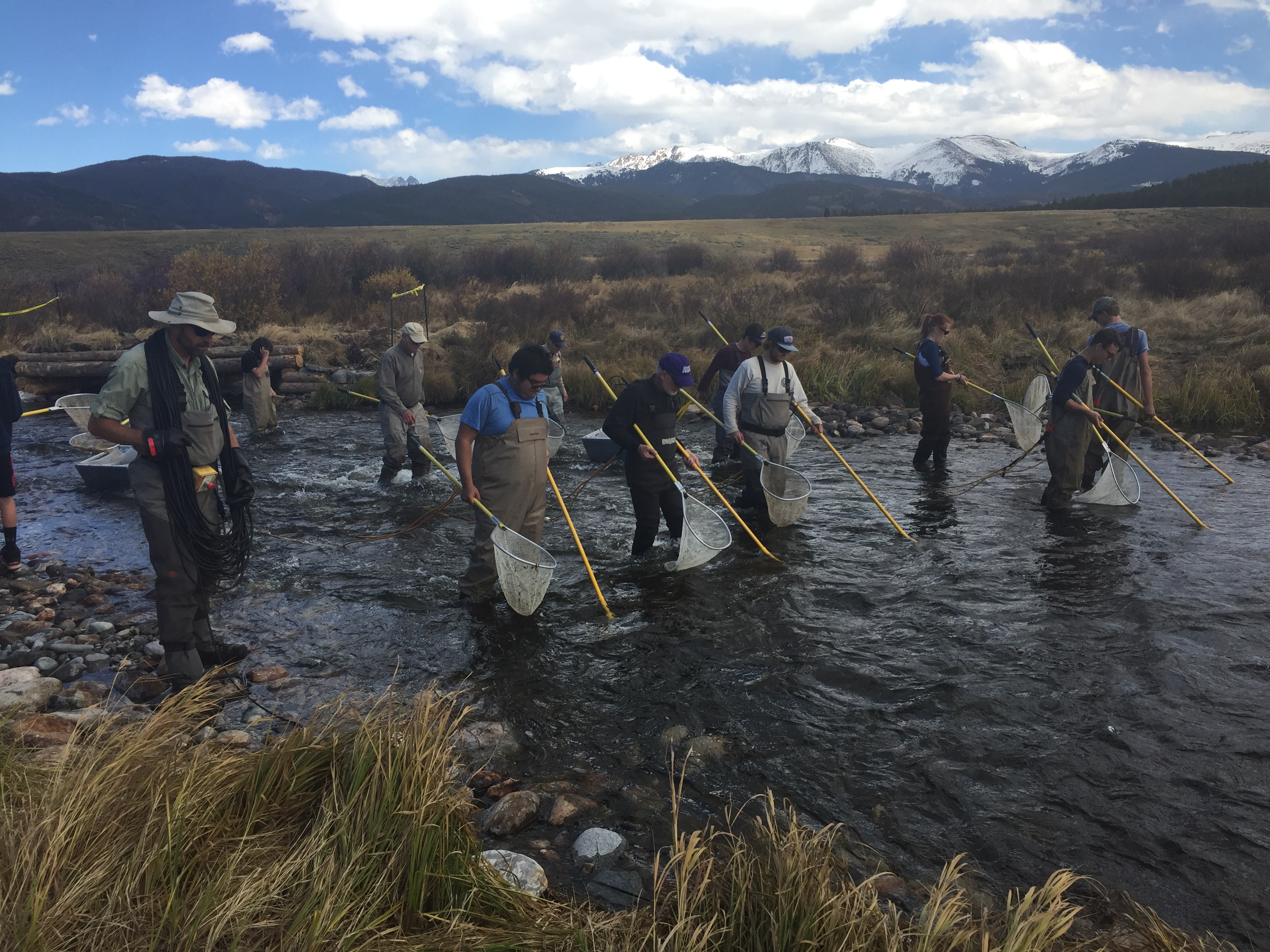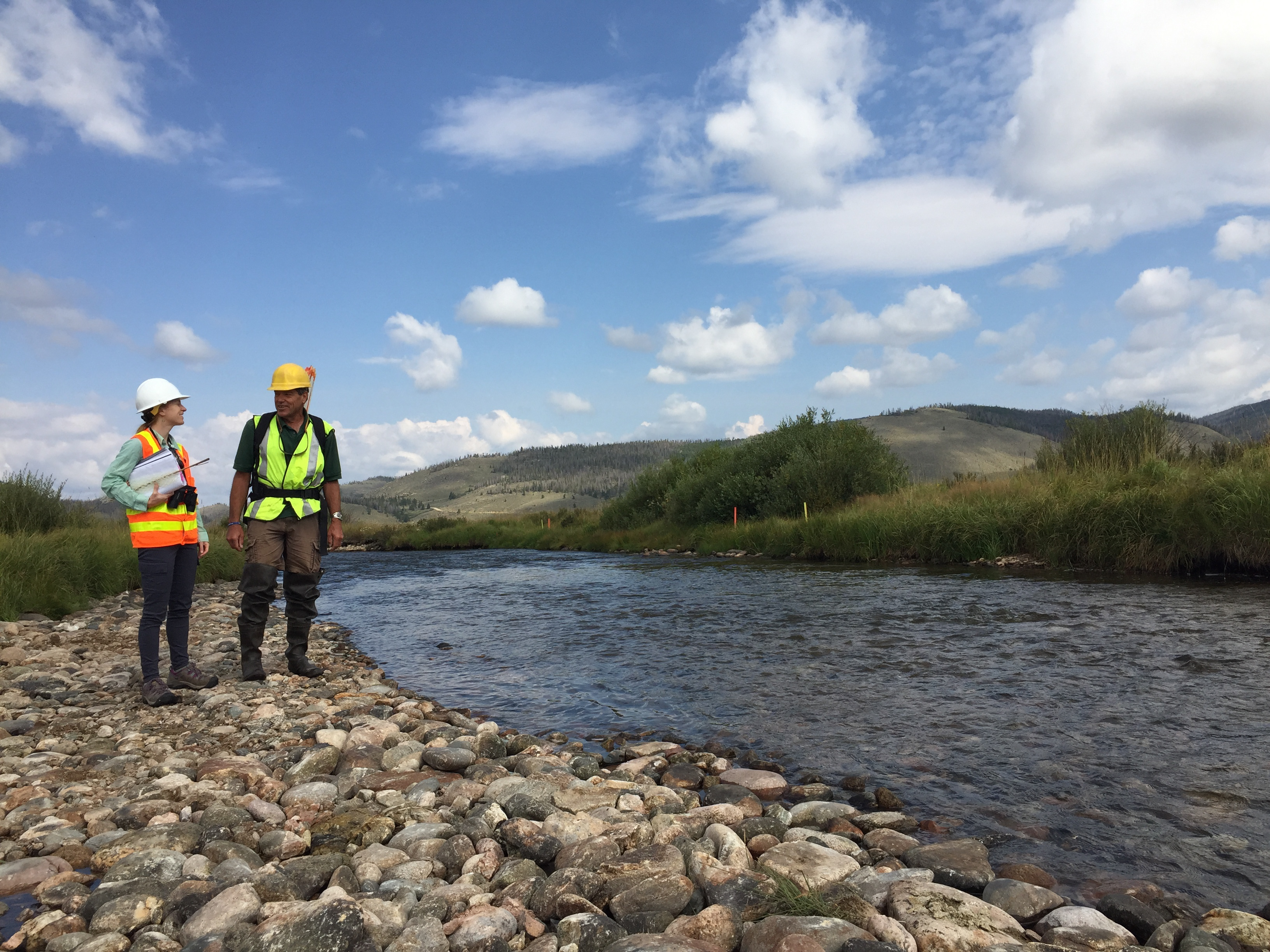
Fishermen rejoice! Fraser River showing signs of recovery
A stretch of river in Grand County, Colorado, is showing signs of recovery after going through a $200,000 restoration project.
In September, crews finished a variety of habitat improvements along a 0.9-mile stretch of the Fraser River near Tabernash.
“The river looks great and we’re starting to see more fish returning,” said Jessica Alexander, environmental scientist at Denver Water.
The goal of the Fraser Flats River Habitat Project was to improve river habitat to help aquatic life stay healthy throughout the year, whether water is running high or low.
“There’s a lot of factors that stress our rivers,” said Rich Cimino, Grand County Commissioner. “The Fraser Flats project is a way to heal a river that’s suffered for many years.”
The project came about through Learning By Doing, a partnership that addresses issues impacting rivers and streams in Grand County.
The Fraser Flats project was Learning By Doing’s inaugural project, and brought together partners including Denver Water, Northern Water, Grand County, Trout Unlimited, Colorado Parks and Wildlife, and others.
The Fraser has been impacted over the past 80 years by a number of factors, including water diversions to the Front Range and ranching practices that removed trees and bushes that once shaded the river.
“Before the project, the river was slow, shallow and wide, and that’s not healthy for fish or aquatic insects,” Alexander said.
Learning By Doing hired environmental contractor Freestone Aquatics to create a variety of features to improve the habitat for aquatic life in the river. The work included building 50 strategically placed rock structures called “point bars.”
“Point bars along the riverbank funnel water into the middle of the riverbed,” Alexander said. “It’s a feature used to increase depth and velocity of the river during low-flow periods.”
Deeper water provides space for larger trout while faster flows keep sediment moving. When rivers slow down too much, sediment falls to the bottom of the riverbed and fills spaces in between rocks where insects live.
“Velocity is critical to the health of a river and plays a large role in the ability of aquatic insects to survive,” said Kirk Klancke, president of the Colorado River Headwaters Chapter of Trout Unlimited. “When a river has a healthy habitat for insects, trout thrive because they have a reliable source of food.”
Freestone Aquatics also added sequences of pools, where water temporary slows, and rock riffles — areas where shallow rocky slopes cause the water to gently cascade and speed up.
“Having a diversity of pools and riffle areas are important for increasing oxygen levels in the water, creating places for insects to thrive and giving trout healthy feeding and spawning areas,” Alexander said.
Preliminary results of a fish survey on Oct. 5 — after the project was completed — showed significant increases in the number and size of rainbow and brown trout compared to previous years, according to Jon Ewert, Colorado Parks and Wildlife aquatic biologist.
“We’re encouraged by the early findings,” Ewert said. “The number and size of the fish are more in line with what we see in healthier sections of the river.”
Ewert said he will need to wait until the Fraser Flats section goes through a full runoff cycle to get an accurate picture of the health of the fishery.
Another benefit of the project happened in May when volunteers planted small stakes of willow bushes and plugs of cottonwood trees along the riverbank. The added vegetation will grow to provide shade and help keep water from warming to levels harmful to trout in the summer.
Funding for the project came from a variety of sources including Learning By Doing partners, a private landowner and a Fishing Is Fun grant from Colorado Parks and Wildlife.
Devil’s Thumb Ranch and Grand County Water and Sanitation District #1 own the two sections of river along the Fraser Flats project. Grand #1 has leased its 0.4-mile section to Grand County, who will open it up for public fishing in late spring 2018.
Devil’s Thumb Ranch will use its section for private fishing tours.
“There was a time in this state when the East and West Slope weren’t working together. This project shows how collaboration is best for all of us,” Cimino said. “People living or visiting Grand County will benefit by having a healthier river, healthier fish and a new public fishing area.”
The river work is not expected to need any maintenance, but Learning By Doing members will monitor aquatic insects, fish populations, water temperature and new vegetation to measure progress made as a result of the project.
“This section of the Fraser River is the healthiest I’ve seen this river in the 47 years I’ve lived here,” Klancke said. “The best part is we’re hoping to do more river improvements like this in the future with our Learning By Doing partners.”




